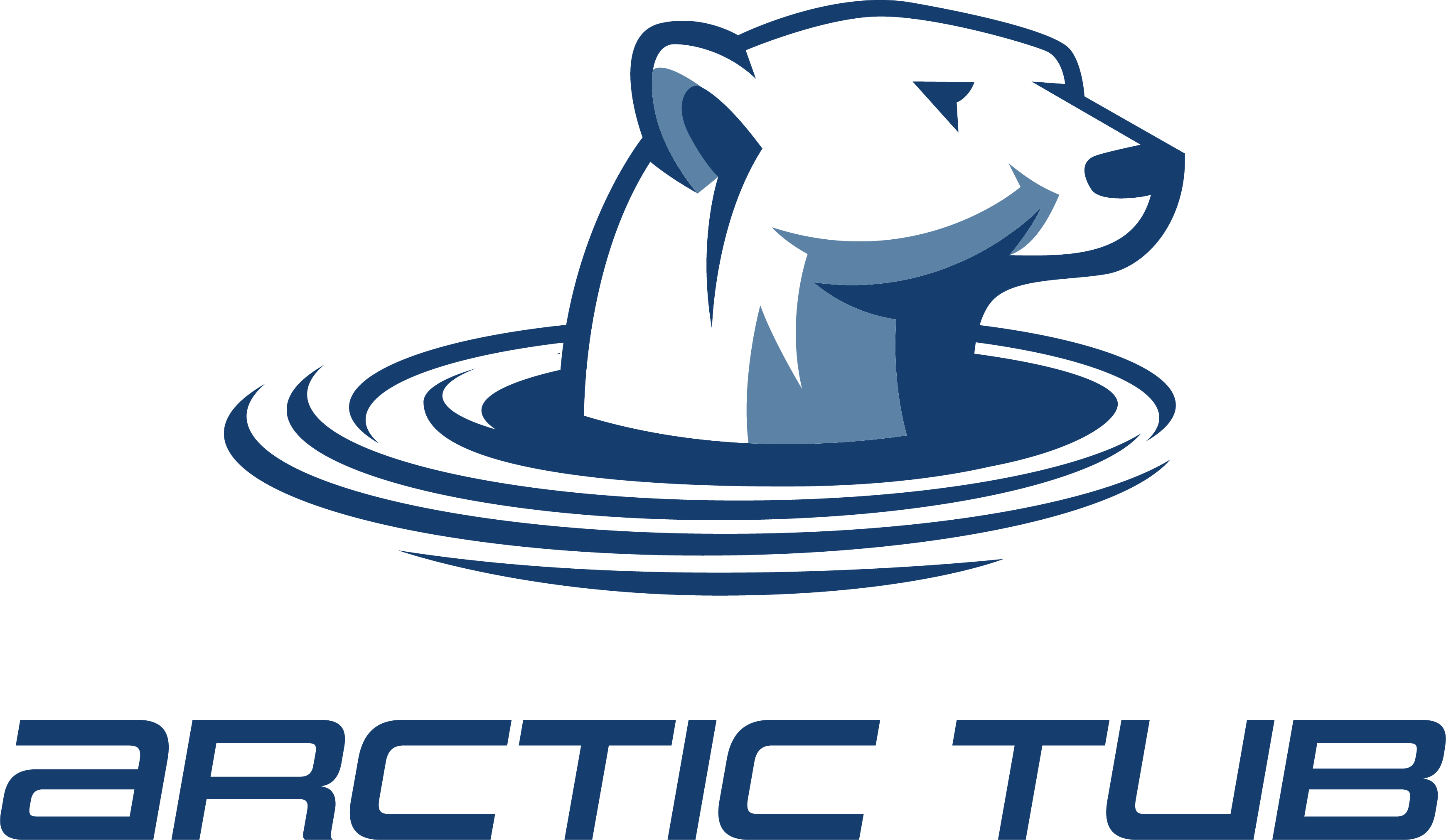
Ice bathing is an effective way to promote recovery after intense training sessions and enhance physical performance. However, to reap the maximum benefits, careful aftercare is crucial. In this article, you'll learn everything you need to know about optimal aftercare and warm-up techniques after an ice bath.
The importance of proper aftercare for ice bathing
After an ice bath, your body is in a very cold state. Improper aftercare can not only diminish the beneficial effects of ice bathing but also pose health risks. Proper aftercare helps promote circulation, normalize body temperature, and relax muscles. It also supports the body in faster recovery and prevents injuries.
Step-by-step instructions for safe warm-up
The first step after the ice bath should be to slowly warm the body. A step-by-step approach is essential:
- Gentle movement: Start with light movements, such as walking or light jumping, to stimulate blood circulation.
- Warm clothing: Wear dry, warm clothing to protect your body from further heat loss.
- Warm drinks: Drink warm liquids, such as herbal tea or hot water with lemon, to help warm you up internally.
- Warm shower: A lukewarm to warm shower can help gently raise your body temperature. However, avoid using water that's too hot to avoid overloading your circulation.
Nutrition after an ice bath: What you should eat and drink
Proper nutrition plays a crucial role in the recovery phase after ice bathing. Here are some recommendations:
Protein-rich foods: Protein supports muscle recovery and should therefore be included in your meal plan. Good sources include lean meat, fish, eggs, legumes, and dairy products.
Complex carbohydrates: These provide the necessary energy and help replenish glycogen stores. Whole grain products, sweet potatoes, and oatmeal are recommended options.
Healthy fats: Omega-3 fatty acids found in oily fish, flaxseed, and walnuts have anti-inflammatory and recovery-promoting effects.
Hydration: Make sure you drink enough fluids to maintain your body's fluid balance. Water, isotonic drinks, and coconut water are ideal.
Micronutrients: Vitamins and minerals are essential for recovery. Fruits and vegetables such as berries, spinach, and avocados provide important antioxidants and nutrients.
Exercise and stretching to support regeneration
After the ice bath, it's important to support the muscles through targeted exercise and stretching. This helps prevent muscle stiffness and improve mobility.
- Light cardio: A short, moderate cardio session such as cycling or a leisurely jog can help warm up your muscles and improve circulation.
- Dynamic stretching: Perform dynamic stretching exercises to gently stretch your muscles and increase mobility. Avoid static stretching immediately after the ice bath, as your muscles are still cold and less elastic.
- Foam rolling: Use a foam roller to specifically relieve muscle tension and improve circulation. This can loosen tense muscles and accelerate recovery.
The role of the sauna in combination with ice bathing
The combination of ice bath and sauna, often known as "contrast therapy", can maximize the recovery benefits:
Interactions: The alternation between cold and hot temperatures stimulates blood circulation and promotes the removal of metabolic waste from the muscles.
Blood circulation: The increased blood circulation caused by alternating cold and warm stimuli can improve the oxygen and nutrient supply to the muscles, which contributes to faster recovery.
Relaxation: The heat of the sauna promotes muscle relaxation and can reduce muscle tension, which is especially beneficial after intensive training sessions.
Immune system: Regular sauna sessions can strengthen the immune system and promote overall health. Combined with ice baths, this can lead to a more robust physical condition.
Recommendation for use:
- Start with a short sauna session of 10 to 15 minutes.
- Follow this with an ice bath of 3 to 5 minutes.
- Repeat the cycle one or two times depending on your well-being.
Skin care after the ice bath
Ice bathing can be very stressful for the skin, so appropriate care is important:
Moisture: Cold weather can dry out your skin. Use a rich moisturizer or oil to nourish your skin and prevent dryness.
Gentle cleansing: After the ice bath, the skin should be gently cleansed to remove impurities and chlorine (if you have bathed in a pool).
Environmental protection: Be sure to protect your skin from extreme weather conditions after an ice bath to avoid irritation.
Sleep and Recovery: How Ice Bathing Affects Your Sleep Cycle
A well-regulated sleep cycle is crucial for recovery and performance. Ice bathing can have positive effects on sleep quality:
Body temperature: Ice bathing can help regulate body temperature and prepare the body for sleep, which can lead to deeper and more restful sleep.
Stress relief: The calming effect of an ice bath can help reduce stress and calm the nervous system, which can also improve sleep quality.
Regeneration: By promoting muscle regeneration and reducing inflammation, ice bathing can support physical recovery during sleep, which is especially important for athletes. Restful sleep is the foundation for optimal performance and should not be underestimated.
Recommendations for better sleep
- Try to take the ice bath about 1-2 hours before bedtime to give your body time to relax and lower your body temperature.
- Combine ice bathing with a relaxation technique such as meditation or a warm shower to enhance the calming effect.
Make sure to create a quiet and dark sleeping environment to further optimize sleep quality.
Conclusion: Developing a holistic ice bath routine
A well-thought-out aftercare routine after an ice bath can maximize the positive effects and minimize the risk of negative ones. By incorporating proper warm-up techniques, a balanced diet, targeted exercise, sauna sessions, and skincare into your routine, you can fully reap the benefits of ice bathing. Furthermore, considering sleep and rest significantly contributes to holistic recovery.
Summary of the main points:
- Proper aftercare and gradual warm-up are crucial to avoid cold injuries and promote blood circulation.
- A balanced diet after the ice bath supports regeneration and provides the necessary nutrients for muscle recovery.
- Exercise and stretching help maintain flexibility and relieve muscle tension.
- The combination of sauna and ice bathing can promote blood circulation, relax muscles and strengthen the immune system.
- Skin care is essential to protect the skin from dryness and irritation.
A well-regulated sleep cycle promotes physical and mental recovery and increases performance.
By incorporating these elements into your routine, you can maximize the benefits of ice bathing while improving your overall health and performance. Develop a holistic ice bath routine tailored to your individual needs and goals to reap the benefits long-term.





















